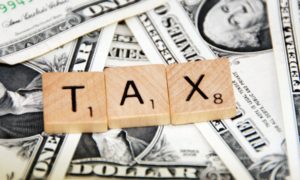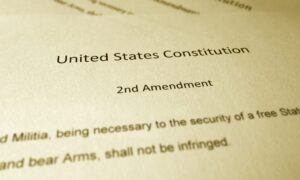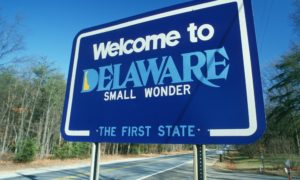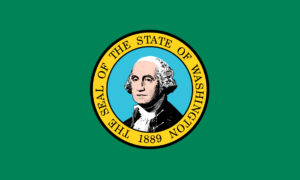Washington LCB Releases Disproportionately Impacted Area Map For Social Equity Licensees

Prospective applicants should use the tool to get a sense for whether they qualify
January 13, 2023, the Washington State Liquor and Cannabis Board (“LCB”) released an interactive mapping tool for determining whether people meet have lived in Disproportionately Impacted Areas (“DIA”)–one of three eligibility criteria for the forthcoming Social Equity in Cannabis (“SEIC”) program licensing. The map can be found by a link on the LCB’s website, or here.
Washington Social Equity in Cannabis Program
As we wrote about here, the SEIC program, slated to be rolled out sometime this year, will re-purpose around 40 retail cannabis dispensary licenses that have been revoked or abandoned and reissue them to qualifying applicants. To qualify, a WA resident must hold at least 51% of each social equity retail license applicant and the person or persons making up the applicant must meet at least two of the following qualifications:
- the applicant has lived in a Disproportionately Impact Area (“DIA”) in WA for a minimum of 5 years between 1980 and 2010;
- the applicant or a family member of the applicant has been arrested or convicted of a cannabis offense; or
- the applicant’s household income in the year prior to submitting the application was less than the median household income within the state of Washington.
What are “Disproportionately Impacted Areas”?
DIA’s were conceptualized and defined by the WA legislature. To qualify as a DIA, an individual census tract must be in the “top 20% on all of the following indicators:
- high poverty rate;
- high rate of participation in income-based federal programs;
- High rate of unemployment; and
- High rate of convictions.”
When using the mapping tool, it is important to keep the eligibility criteria in mind: an applicant must have lived in a DIA for at least five years between 1980 and 2010. The mapping tool tells users whether a selected census tract qualifies as a DIA for the following individual years —1980, 1990, 2000, and 2010. The LCB’s website states “To meet this qualification, you must have resided in the area at the time it was considered a disproportionately impacted area for a minimum of five years.” Unfortunately, the mapping tool does not tell us for how long after one of the provided years any given census tract remained a DIA.
Determining eligibility; issues with the mapping tool
Because it is far from clear, are applicants to infer that if a census tract is shown to have been a DIA in 1980 and 1990, that it remained a DIA for all of the intervening years as well? As noted above, the mapping tool only states whether or not a census tract was a DIA in the individual years listed. This raises several questions about applicant eligibility under different circumstances but all we know at this time is that once applications are submitted, “The third-party contractor will use this map and the information provided by applicants to determine if you lived in a disproportionately impacted area and for how long.”
Consider if an applicant lived in a census tract shown to be a DIA in 1990 by the mapping tool from January 1990 to December 1995, but the mapping tool shows that the census tract was not a DIA in 2000. The five year minimum eligibility period would be clearly established in that case. But, because the mapping tool does not tell us for how long between 1990 and 2000 the census tract was a DIA, we are left not knowing whether the criteria is satisfied with any certainty.
Many applicants relying on DIA eligibility as one of their three eligibility criteria for an SEIC license will not know whether they qualify until the third-party contractor responds to the application. This is just a simple example to show the issues with the mapping tool and the need for guidance from the LCB. People’s lives are rarely as neat and simple as the example above and the mapping tool’s efficacy for helping people determine DIA eligibility is limited at best.
Try it out and contact the LCB
Prospective SEIC applicants should use the tool to at least get a sense for whether they qualify based on where they lived during 1980 and 2010, irrespective of the mapping tool’s issues. If it is not clear whether you qualify, the best course of action would be to contact the LCB with the question and request guidance. We’ll be following developments in Washington’s SEIC program and writing about them here.
Source: Canna Law Blog






































